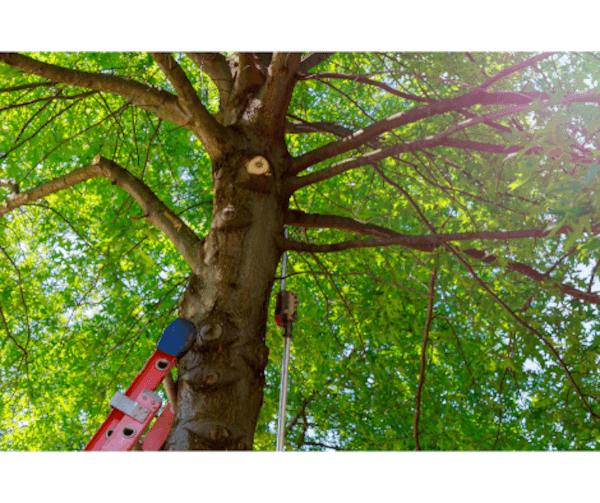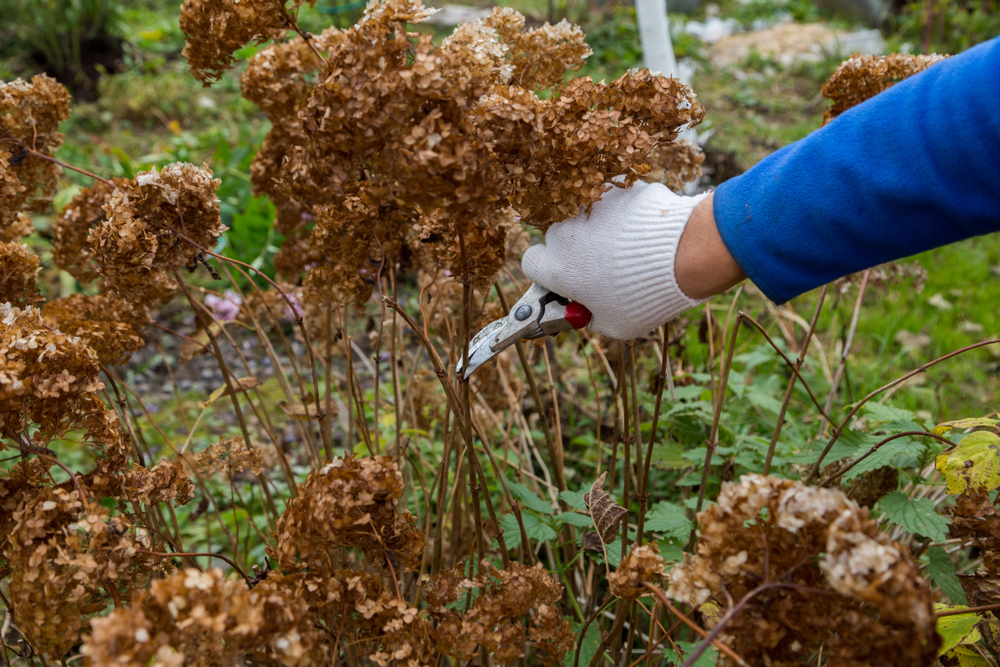This time of year many people want to know the best way to prune hydrangeas. How and when to prune strongly depends on the hydrangea species. Therefore, you should first understand the type of hydrangea you have to ensure health and maximum blooms.

Bigleaf (Hydrangea macrophylla) is one of the most common. This group is often known as mophead, lacecaps or French hydrangeas. Bigleaf hydrangea bloom on one-year-old wood. With that in mind, prune these plants within four to six weeks after blooming. To rejuvenate these plants, prune by selectively thinning out old stems. You should remove no more than one quarter to one third of the older stems each year. In addition, you can reduce long stems and branches to shape the plant. Further, oakleaf hydrangea (Hydrangea quercifolia) also blooms on old wood. Therefore, you should prune it in the same manner.

Before pruning hydrangea, be sure to know what species you have.
Do not prune bigleaf and oakleaf hydrangea heavily during late summer or in early spring. Pruning during this time period will reduce blooms as it removes the flower buds for the next cycle.
In comparison, panicle hydrangeas (Hydrangea paniculata), which include pee gee hydrangea, and smooth hydrangea (Hydrangea arborescens) bloom on new wood in mid to late summer. Prune these species in winter or early spring. They can tolerate severe reduction.
For smooth hydrangea, including the common cultivar ‘Annabelle,’ some prefer to prune the plant nearly to the ground in winter or early spring. Panicle hydrangeas can also withstand this type of pruning. The exception is when you have trained the plant into a tree form. To maintain as a tree form, thin the plant to remove crossing and conflicting branches and selectively reduce to maintain desired size and shape.
The post Tips on How to Properly Prune Hydrangea first appeared on Tree Topics.